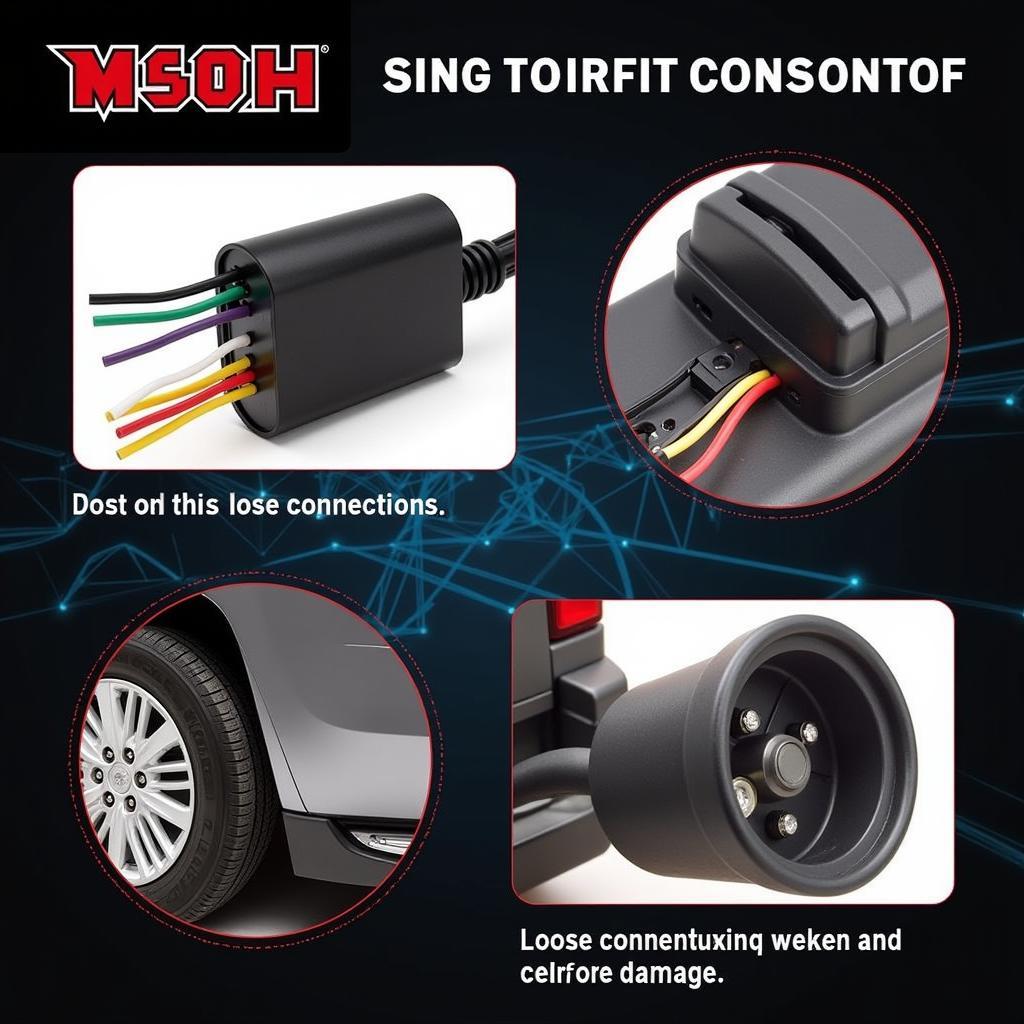Your Lexus is a luxurious and reliable vehicle, but even the most advanced cars can experience problems. One common issue that can arise is a brake warning light. This warning light can be a sign of a serious problem, so it’s important to understand the possible causes and take steps to address the issue promptly.
Common Causes of a Lexus Brake Warning Light
The brake warning light in your Lexus can illuminate for a variety of reasons. Here are some of the most common causes:
Low Brake Fluid
One of the most frequent causes of a brake warning light is low brake fluid. The brake fluid is essential for creating hydraulic pressure to engage the brake pads. When the fluid level drops below a certain point, the warning light will illuminate.
Worn Brake Pads or Rotors
As brake pads wear down, they become less effective at stopping the vehicle. When the pads become too thin, the warning light may come on as a reminder to replace them. Similarly, damaged or worn brake rotors can also trigger the light.
Faulty Brake Light Switch
The brake light switch is a small electrical component located near the brake pedal. This switch is responsible for sending a signal to the brake lights when you press the pedal. If the switch malfunctions, it can cause the warning light to come on.
Faulty Brake Pressure Sensor
The brake pressure sensor is responsible for monitoring the pressure in the brake lines. If the sensor malfunctions, it may send incorrect readings to the vehicle’s computer, triggering the warning light.
Electronic Parking Brake Issues
Modern Lexus vehicles feature electronic parking brakes. If there is a problem with the electronic parking brake system, the warning light may illuminate.
Symptoms of a Brake Warning Light
In addition to the warning light itself, there are several other symptoms that may indicate a problem with your Lexus brakes:
- Grinding or squealing noise: This is often a sign of worn brake pads.
- Soft brake pedal: This could indicate low brake fluid or a problem with the hydraulic system.
- Spongy brake pedal: This is another symptom of low brake fluid or air in the brake lines.
- Vehicle pulling to one side: This could be a sign of a problem with the brake calipers or rotors.
Troubleshooting a Lexus Brake Warning Light
If you see a brake warning light, it’s important to take action immediately. Here are some steps you can take to troubleshoot the issue:
-
Check the brake fluid level: Open the hood of your Lexus and locate the brake fluid reservoir. Check the fluid level and add more if necessary. It is important to use the correct type of brake fluid as specified in your Lexus owner’s manual.
-
Inspect the brake pads and rotors: Use a flashlight to inspect the brake pads and rotors. If they are worn, it’s time to replace them.
-
Have the brake system checked by a qualified mechanic: If you’re not sure what the problem is, it’s best to have the brake system checked by a qualified mechanic. They will be able to diagnose the problem and recommend the necessary repairs.
Expert Advice on Lexus Brake Warnings
“If you see a brake warning light in your Lexus, it’s crucial to take it seriously. Do not ignore the warning, as it could be a sign of a serious safety hazard. It’s better to err on the side of caution and have your brakes inspected by a professional,” says John Smith, a certified Lexus mechanic with over 20 years of experience.
FAQ
1. What happens if I ignore a brake warning light?
Ignoring a brake warning light can lead to a number of problems, including brake failure, accidents, and costly repairs.
2. How often should I have my brake pads and rotors inspected?
It’s recommended to have your brake pads and rotors inspected every 6 months or 12,000 miles.
3. Is it safe to drive with a brake warning light on?
It is generally not safe to drive with a brake warning light on. It’s best to pull over to a safe location and have the brake system checked by a mechanic.
4. How much does it cost to replace brake pads and rotors?
The cost of replacing brake pads and rotors can vary depending on the make and model of your vehicle, the severity of the wear, and the location of the repair shop.
5. What if the brake warning light goes off after I add brake fluid?
Adding brake fluid may temporarily resolve the low fluid level issue. However, if the warning light comes back on, it means there’s a leak in the brake system, which needs to be addressed by a mechanic.
6. Can I replace the brake pads myself?
While some people are comfortable replacing brake pads themselves, it’s a complex process that requires specialized tools and knowledge. It’s recommended to have a qualified mechanic perform this task.
7. Can I reset the brake warning light myself?
You may be able to reset the brake warning light using your vehicle’s onboard diagnostic system. However, if the light comes back on, it’s crucial to have the brake system inspected by a mechanic to determine the underlying cause.
Remember, your safety is paramount, so always prioritize taking care of your vehicle’s braking system to ensure a safe and enjoyable driving experience.

